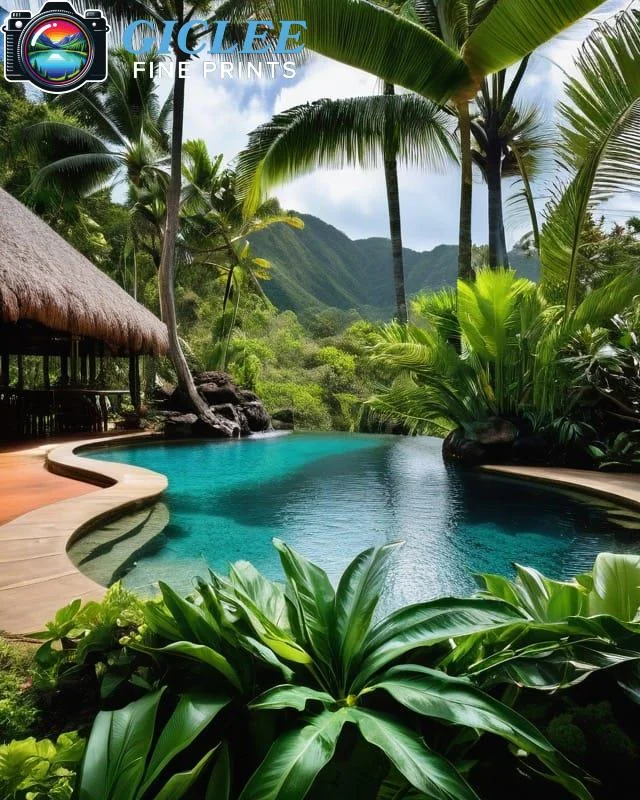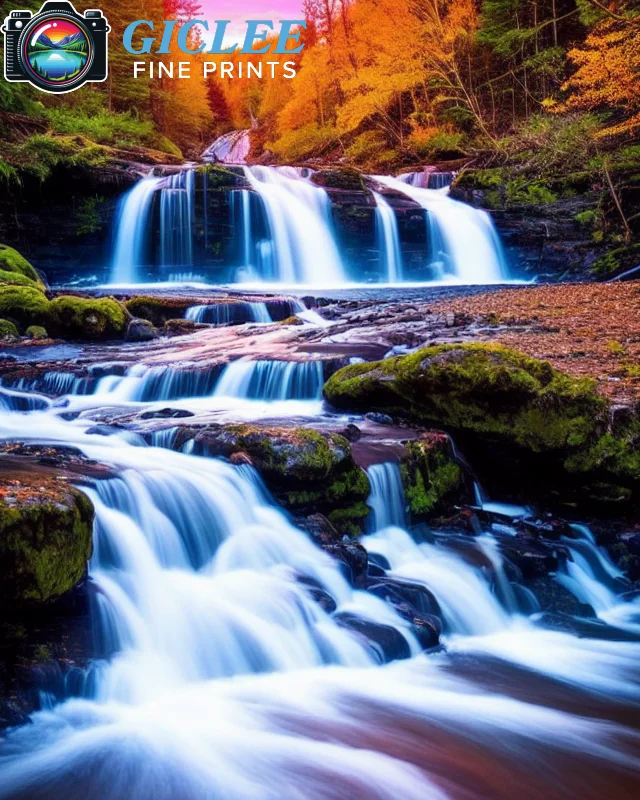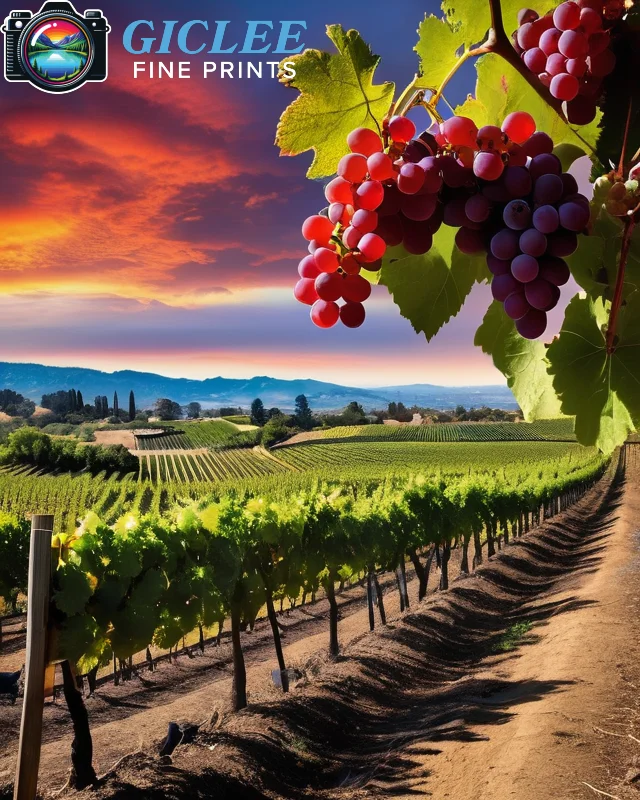
Sometimes, bigger really is better—especially when it comes to making a powerful visual statement. Giant poster printing can transform a simple photograph, illustration, or promotional design into a head-turning spectacle. At Giclee Fine Prints, we love helping our clients go big with prints that demand attention, whether for an event, a business display, or as a bold piece of home décor. Here’s a closer look at why large-format posters are worth considering and how to ensure they look their best.
Why Opt for Giant Posters?
- Impactful Visibility: Larger posters aren’t easily missed, making them perfect for crowded venues, trade shows, or storefronts.
- Dramatic Decor: Fill a blank wall with a striking photograph or piece of art to instantly revitalize any space.
- Memorable Branding: Oversized prints become focal points—ideal for showcasing a logo, product, or marketing campaign.
Tip: Consider the location and viewing distance. If your poster is placed on a busy street or inside a large hall, the bigger the print, the more likely it will draw eyes.

Key Factors for Large-Format Clarity
Going big demands more attention to file quality and layout:
- High Resolution: Aim for at least 150–300 DPI at the final print size. For very large prints, even slightly lower DPI can still look great from a distance, but starting with the highest resolution possible helps maintain detail.
- Proper File Format: Use uncompressed or minimally compressed formats (e.g., TIFF or high-quality PDF). JPEG can work, but avoid heavy compression that might introduce artifacts when enlarged.
- Color Management: Ensure your screen is calibrated and use printer-recommended ICC profiles to reduce color shifts or unexpected tones.
Why It Matters: Poor resolution or color mismatches become more noticeable as prints scale up. Preparing files carefully prevents blurry or washed-out results.
Material Choices and Finishes
A giant poster’s medium and finish can significantly influence its aesthetic and durability:
- Premium Paper Stock: Select heavier paper with a matte or glossy finish. Matte can minimize glare in bright areas, while gloss adds vibrancy to colors and depth to blacks.
- Canvas for Textured Depth: Canvas offers a more artistic, textured feel—great for large photography or fine art pieces.
- Peel-and-Stick Wall Art: For temporary or repositionable options, peel-and-stick allows you to make an impact without permanent installation or damage to walls.
Pro Tip: Consider the environment. If you’re displaying outdoors or in high-traffic areas, a more robust substrate may be necessary to withstand wear and tear.

Hanging and Display Tips
Large posters require a bit more care in display to ensure they stay secure and look professional:
- Frames and Mounts: A sleek frame or mounting board can give a polished appearance. For extra-large sizes, check for sturdy framing options designed for large-format prints.
- Adhesive Options: For lighter posters, use secure adhesives or hooks that support the poster’s size without damaging walls.
- Banners and Grommets: If you need an outdoor or event-ready option, opt for grommets in the corners so you can hang or tie the poster securely.
Outcome: When mounted or hung properly, your giant poster commands attention without sagging, warping, or falling.
Best Practices for Giant Poster Layout
When designing for a large format, a few tweaks can enhance readability and visual appeal:
- Scale Your Text: Increase font sizes and spacing to ensure legibility from a distance.
- Simplify Graphics: Focus on bold visuals and minimal text. A cluttered layout can overwhelm viewers.
- Highlight Key Elements: Center your primary image or message, and use high-contrast colors to separate important design elements.
Why It’s Effective: Clear, eye-catching layouts help viewers quickly understand your message, even if they only glimpse the poster briefly.
Contact Us
Our address is: 3816 Pioneer Trail Ste #3, South Lake Tahoe, CA 96150
Email: Info@gicleefineprints.com
FAQs
Yes, frames for larger prints require sturdier construction. Some clients opt for simple mounting or banner solutions if framing is impractical.
Absolutely. Tiling a design across multiple panels is common for larger displays or to manage file resolution and shipping size.
Use calibrated monitors, recommended ICC profiles, and consider ordering a proof or smaller test print if color fidelity is crucial.


